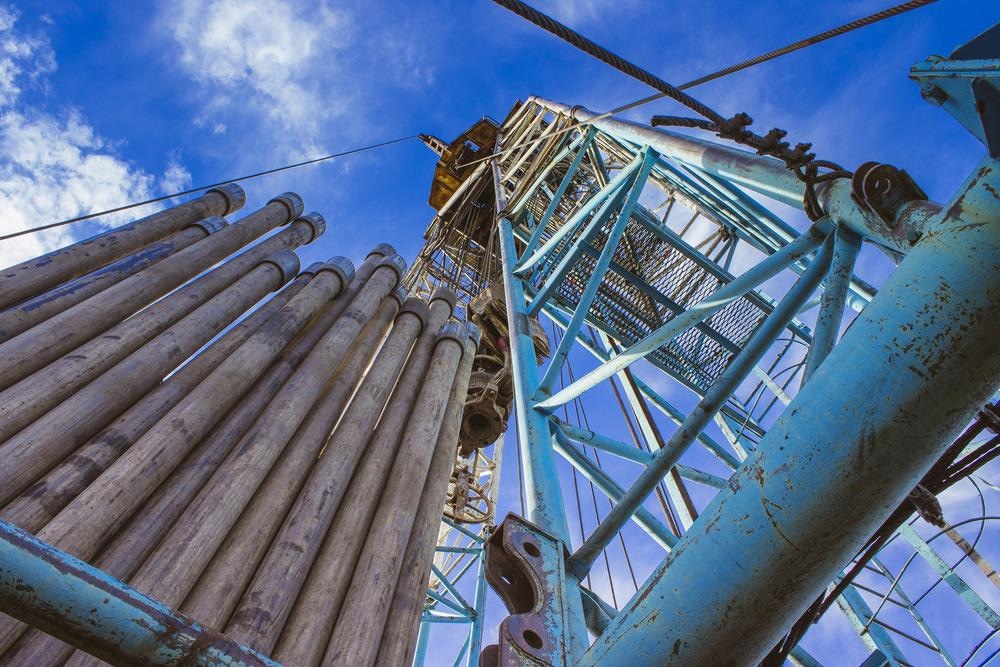 By Surbhi JainReviewed by Susha Cheriyedath, M.Sc.Apr 27 2022
By Surbhi JainReviewed by Susha Cheriyedath, M.Sc.Apr 27 2022In an article recently published in the journal ACS Engineering Au, researchers discussed the possibility of decarbonizing shale gas in the Permian Basin.

Study: Shale Gas Decarbonization in the Permian Basin: Is It Possible? Image Credit: Maximov Denis/Shutterstock.com
Background
The natural gas (NG) industry in the United States has grown dramatically in the last 20 years. Given the abundance of NG and natural gas liquids (NGLs) in the United States, it's worth thinking about how these resources could be leveraged to address immediate energy requirements while laying the groundwork for decarbonized energy future.
One possibility is to employ NGLs to make hydrocarbon transportation fuels, which might fill in the gaps as refineries migrate away from liquid fuels. However, in the short run, the usage of these fossil fuels would not contribute to decarbonization. In the NG/NGL supply chain, methane is also released during liquids unloading, flaring, well drilling, and equipment venting and leaking.
If NGLs are considered a liquid fuel feedstock, conversion of natural gas to CO2 and hydrogen by steam methane reforming is one way to potentially achieve net-zero shale basin product emissions at a system level, depending on how the CO2 and H2 produced are used.
About the Study
In this study, the authors discussed how natural gas and natural gas liquids could help bridge the gap between high-carbon transportation fuels and low-carbon alternatives. The Permian Basin was the research area. The three CO2 disposal options, i.e., enhanced oil recovery (EOR), saline aquifers, and fracturing.
The team investigated whether greenhouse gas emissions from the production and consumption of these fuels could be mitigated by one of three possible outcomes of steam methane reforming coproduced natural gas to CO2.
In this basin, which encompasses Texas and New Mexico, the researchers measured system-level GHG emissions from the NG/NGL systems. A scenario in which NGLs were converted to liquid transportation fuels was analyzed, and the production of H2 and CO2 by steam methane reformation of the coproduced NG was demonstrated. The decarbonization of natural gas, the principal product of the Permian Basin's fracking operations, was evaluated. Both short- and long-term hydrogen consumption prospects in the Permian Basin region were analyzed based on infrastructure such as pipeline availability, and in addition, system-level GHG emissions were evaluated in these routes.
Observations
Upstream emissions were linked to NGL conversion to fuel and subsequent burning, shale gas recovery, the steam methane reforming (SMR) process, and H2 to ammonia conversion. The total amount of CO2e emitted per MJ was 28 g/MJ. The production and combustion of fuels from NGLs was the largest contributor to this total. The burning of the generated oil emitted 9 g-CO2e/MJ of CO2. This accounted for 25% of the total emissions in this path. CO2 injection into saline aquifers accounted for less than 1% of overall emissions.
The amount of oil produced through EOR in the Permian Basin reduced from 204 to 185 MB/day between 2019 and 2020, which resulted in a reduction in the CO2 demand of 1830 to 1010 MMcf/day. The Permian Basin had an estimated 16 Bt-CO2 storage capacity in shale formations, with an additional 47,000 MMB-oil recovery potential. Before the COVID-19 pandemic, the Petra Nova Project near Thomsons, Texas, had transported 3.3 million tonnes of CO2 between 2017 and 2020.
The results showed that the reduction in net emissions from natural gas production and usage to 28 g-CO2e/MJ from 88 g-CO2e/MJ had a significant impact. Partial decarbonization of 3.4 TCF/year was attainable for revenue-generating methods. If CO2 was sequestered in saline aquifers, all-natural gas could be partially decarbonized. CO2 injection in an aquifer generated no money.
Conclusions
In conclusion, this study elucidated that entirely decarbonizing shale gas systems that involve fossil-fuel burning and rely on underground CO2 sequestration from natural gas SMR is extremely difficult.
The authors emphasized that as the United States explores how to phase out fossil fuels, it's important to keep an eye on whether such links and bridges from shale gas to lower-carbon transportation systems are viable. They also mentioned that developing technology to derisk biofuels or e-fuels by supplying inexpensive H2 for pyrolysis oil upgrading or carbon capture and utilization technologies that use CO2 and H2 are examples connected to the conceptual scenarios.
It was revealed that NGLs can be turned into fuel if petroleum refineries produce less gasoline as a result of extensive electrification. It was also observed that CO2 may be pumped into traditional oil deposits to boost oil recovery. It might be injected into saline aquifers to prevent CO2 emissions from the combustion of generated oil. CO2-based fracturing fluids might be used to inject it into unconventional gas deposits. Simultaneously, the hydrogen produced by steam methane reforming might be used to help the hydrogen economy grow.
Overall, the findings of this study suggest that while decarbonization options based on subsurface sequestration can reduce greenhouse gas emissions, comprehensive natural gas decarbonization is not possible and must be sought through alternative means.
More from AZoM: How Can Valve Diagnostics Reduce Emissions in the Chemical Industry?
Disclaimer: The views expressed here are those of the author expressed in their private capacity and do not necessarily represent the views of AZoM.com Limited T/A AZoNetwork the owner and operator of this website. This disclaimer forms part of the Terms and conditions of use of this website.
Source:
Singh, U., Dunn, J. B., Shale Gas Decarbonization in the Permian Basin: Is It Possible? ACS Engineering Au (2022). https://pubs.acs.org/doi/10.1021/acsengineeringau.2c00001